$NSEI $INR $BTC
#India #Inflation #InterestRates #RBI #Economy #FinanceNews #EmergingMarkets #CentralBank #Markets #Growth #RateCut #Cryptocurrency
India’s inflation rate has shown a significant slowdown, retreating from its 14-month peak, which has created a wave of optimism among financial market participants. This development follows the country’s modest performance in the second fiscal quarter, wherein growth expectations were missed. The moderation in inflation is critical as it provides potential room for monetary policy adjustments under the leadership of the new Reserve Bank of India (RBI) governor. Analysts are speculating whether this updated inflation data could pave the way for a potential interest rate cut, a move that could further stimulate the subdued economic environment.
The inflation reduction, coupled with lackluster economic growth in recent months, lays the groundwork for challenging policy decisions ahead. Consumer Price Inflation (CPI) had previously soared to its highest level in over a year, prompting the RBI to take a more hawkish stance to manage price stability. However, as inflation eases, it reassures investors and policymakers that inflationary pressures are cooling, providing the central bank with the flexibility to shift its focus toward growth. Domestic equities, such as those represented in the $NSEI benchmark index, could rally on potential stimulus measures, highlighting a renewed sense of confidence among both retail and institutional investors.
From a broader perspective, subdued inflation may lead to a reversal of recent bond yield spikes, giving some relief to India’s debt markets. A rate cut could lead to capital inflows by enhancing India’s attractiveness as an investment destination, particularly for foreign portfolio investors (FPIs). Furthermore, a weaker $INR in the short term might reinforce competitiveness in export-oriented sectors such as IT and textiles. On the crypto front, this economic moderation hasn’t gone unnoticed, with $BTC and other digital assets often interpreted as alternative currency hedges in regions experiencing fluctuating policy landscapes.
The market’s anticipation of an interest rate cut is further fueled by weaker-than-expected GDP growth figures, indicating that the previous strategies to stabilize inflation may have come at the cost of stifling economic expansion. However, the RBI must tread cautiously, mindful of the global economic ecosystem and potential external shocks. While lower rates can provide a much-needed boost to business borrowing and consumption, they could escalate risks such as capital outflows or overheating of certain market segments. Markets, nevertheless, will keep one eye fixed on upcoming data, balancing hopes for an accommodative monetary approach amid the new governor’s tenure.

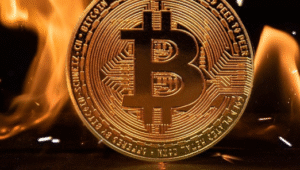

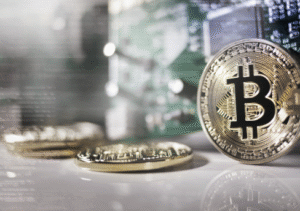

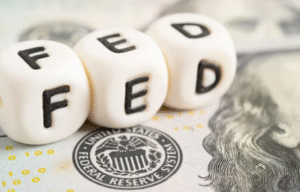
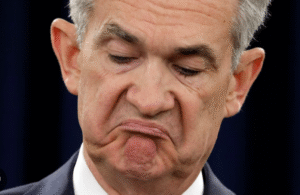
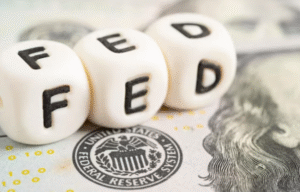

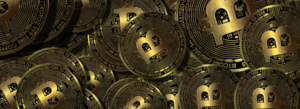

Comments are closed.